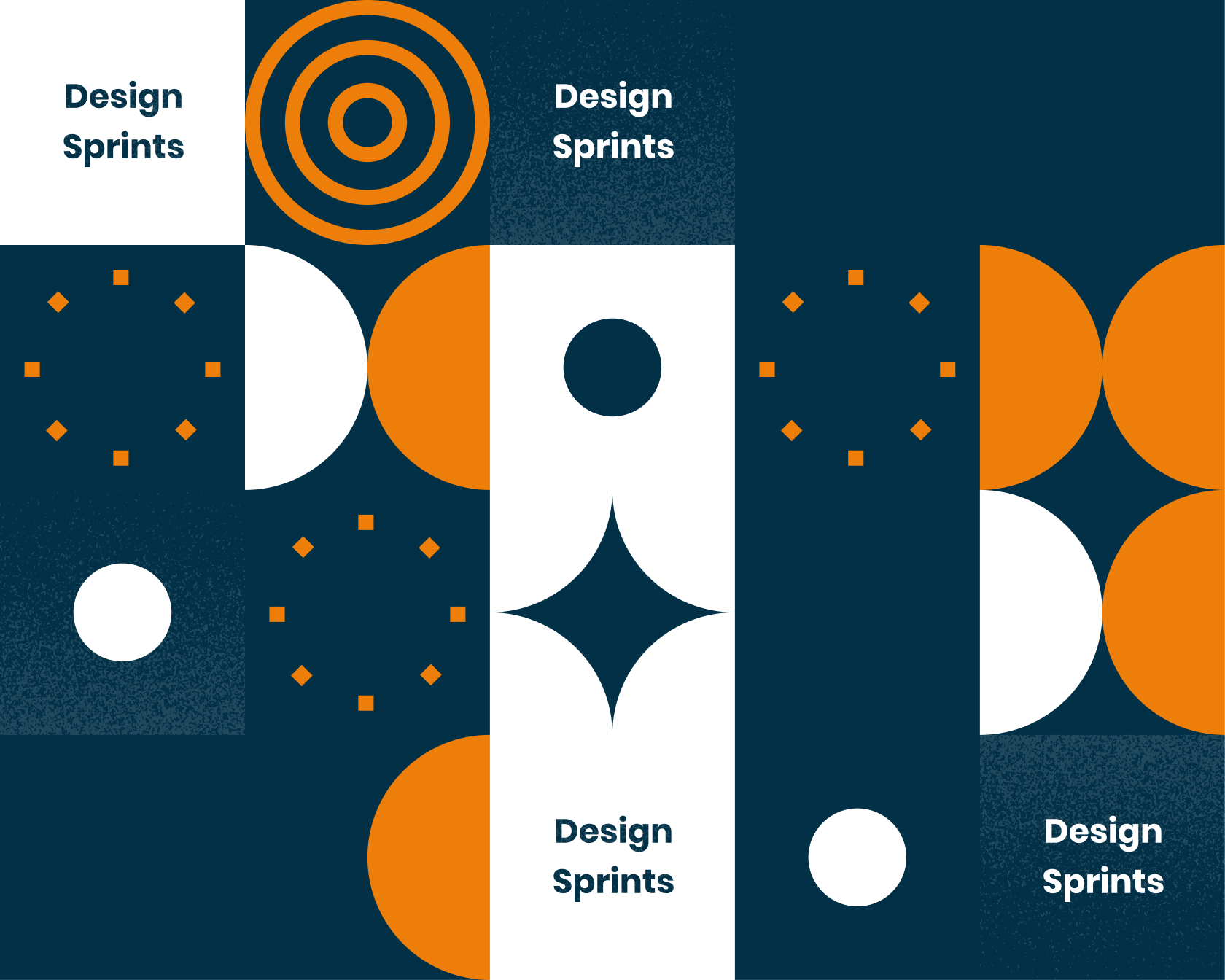The Design Sprint: A Comprehensive Guide To Master The Process of Agile Design
The Design Sprint process is an increasingly popular approach for businesses looking to create innovative solutions to their problems quickly. It’s a five-day process combining user research, design, prototyping, and testing to produce an answer ready to implement.
With the design sprint process, companies can move quickly and efficiently to create agile solutions tailored to their unique needs.
This comprehensive guide is here to help you understand the process and master it from start to finish. We’ll cover the fundamentals of the design sprint process, how to plan and conduct it, and how to create a successful outcome. With this guide, you’ll be able to quickly and confidently take your business to the next level with design sprints.
With the design sprint process, companies can move quickly and efficiently to create agile solutions tailored to their unique needs.
This comprehensive guide is here to help you understand the process and master it from start to finish. We’ll cover the fundamentals of the design sprint process, how to plan and conduct it, and how to create a successful outcome. With this guide, you’ll be able to quickly and confidently take your business to the next level with design sprints.
You'll learn about the different stages of the process and how to implement them into your workflow. Additionally, you'll discover real examples of design sprints in action and helpful tips for your team's next design sprint. With this guide, you'll be able to take your company's next project to the next level.
By the end of this guide, you will have a greater understanding of the four phases of a design sprint methodology and the techniques used to help turn your ideas into tangible products and make customer research in just one week.
You will also learn how to identify and address potential problems throughout the process, collaborate with your team effectively, and get feedback from users and stakeholders.
With this knowledge, you'll be well-equipped to master the art of design thinking and create successful products in a fraction of the time.
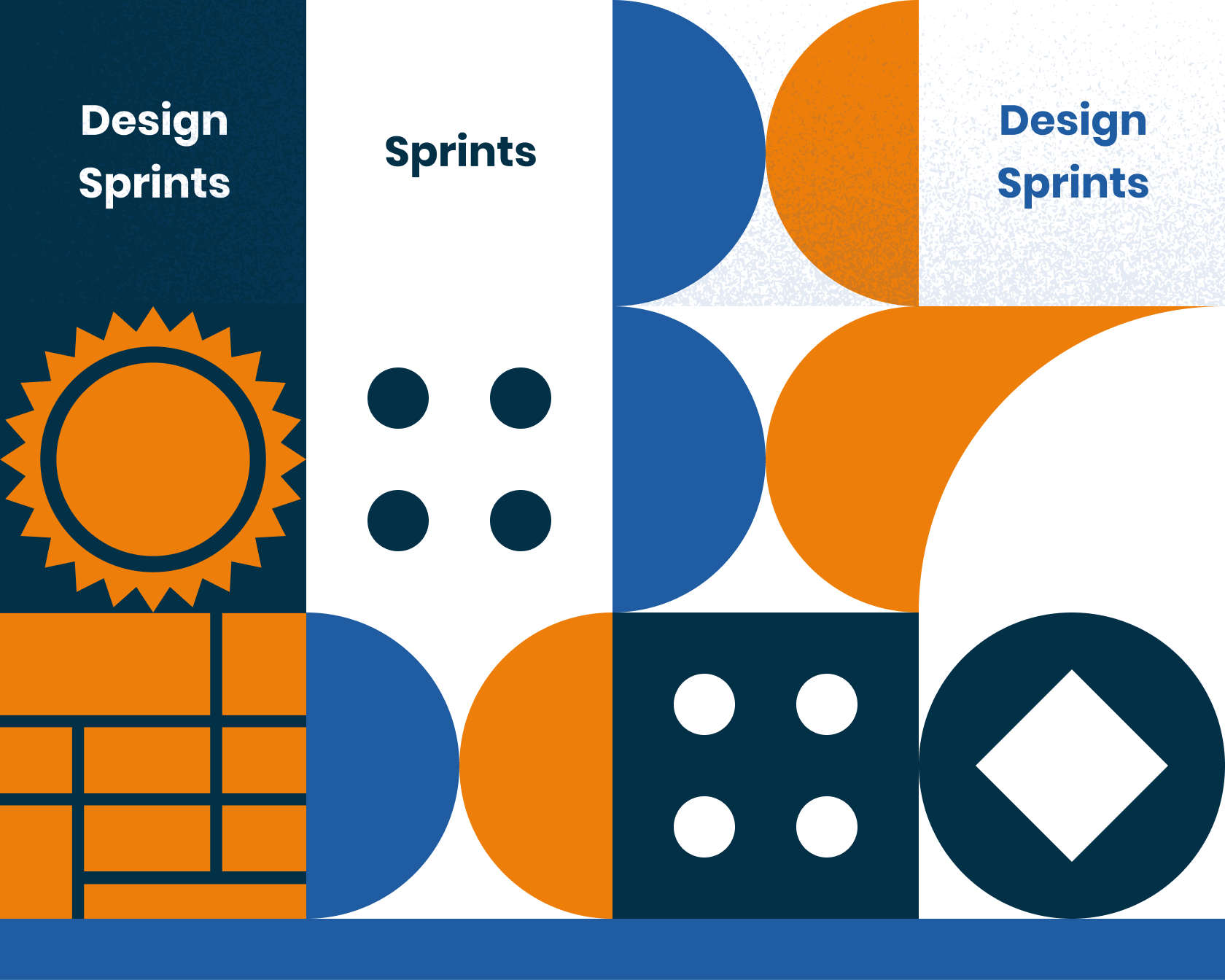
What is a Google Ventures Design Sprint?
Based on Google's product development culture, The design sprint process has five stages: Map, Sketch, Decide, Prototype, and Test. The process usually takes five days, but it can be shortened or lengthened depending on the project.
These sprints are commonly used to solve problems in the product design process, but they can be used for any team challenge. Sprint starts with reprinting the issue, ideating solutions, and testing them with real users.
The final day is spent on a retrospective to improve future sprints. During the process, designers and other team members work to create a collaborative, creative environment. Design sprints are combined, meaning the product design process is just as necessary as the final result.
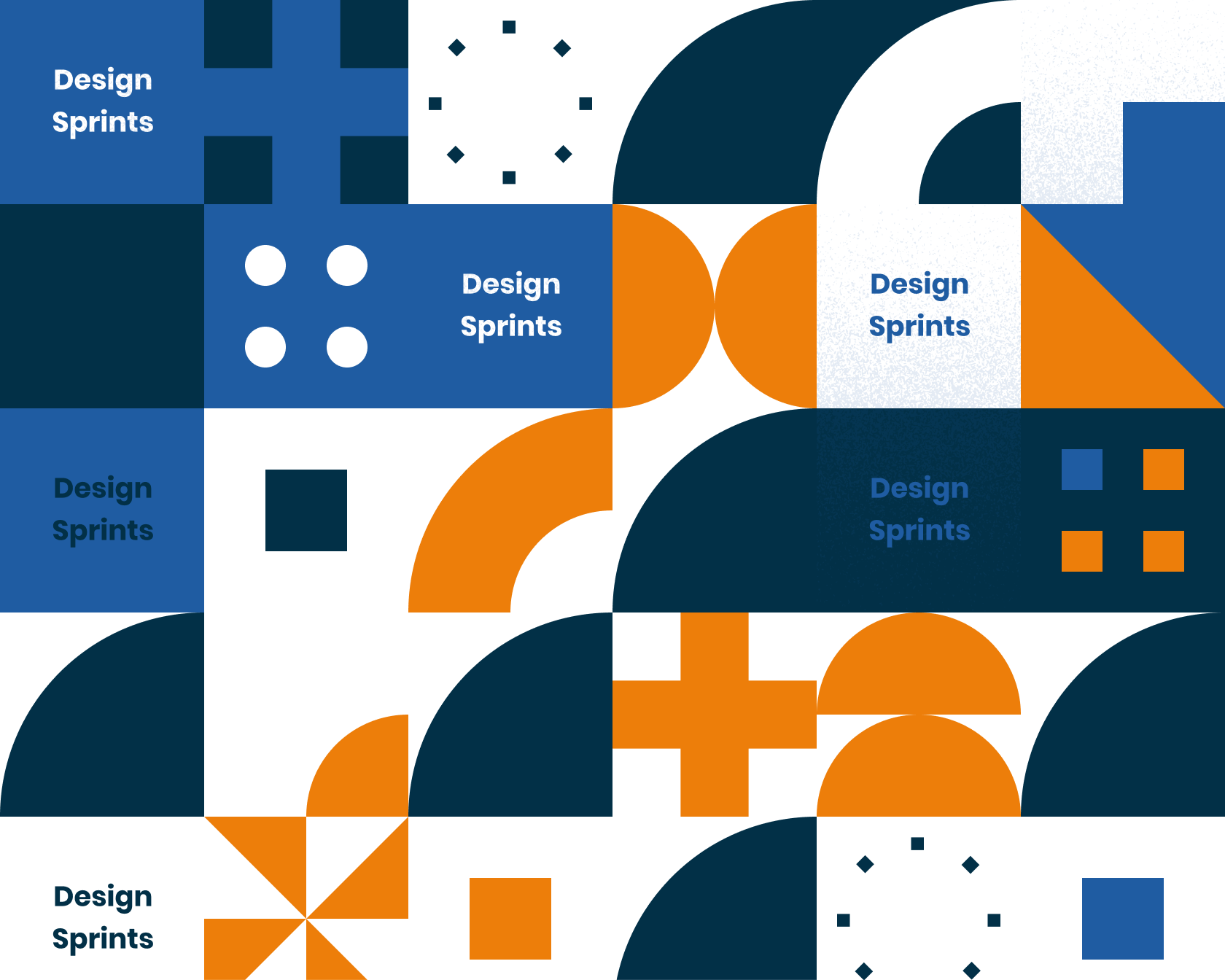
The five-phase process is designed to help teams create ideas, test them with users, and rapidly iterate on the most promising ideas for your sprint book.
During each sprint day, the team will go through a series of steps to further ideate, test, and refine their idea. As a result, the team will better understand their customer's problems and receive feedback to take back to their company.
The design sprint process consists of the following steps.
The process consists of 5 key steps: empathize, define the problem, ideate, decide and test. Each step is essential for successful execution. At the end of the process, you should have a product with a refined hypothesis, a plan for how to test, and a team ready to execute.
The design sprint process is a great way to bring together cross-functional teams to explore ideas, generate many solutions, and quickly decide which ones have the most potential.
Design sprints can be applied to anything from new product development, to refining existing products or services, to identifying opportunities in new markets and developing business strategy.
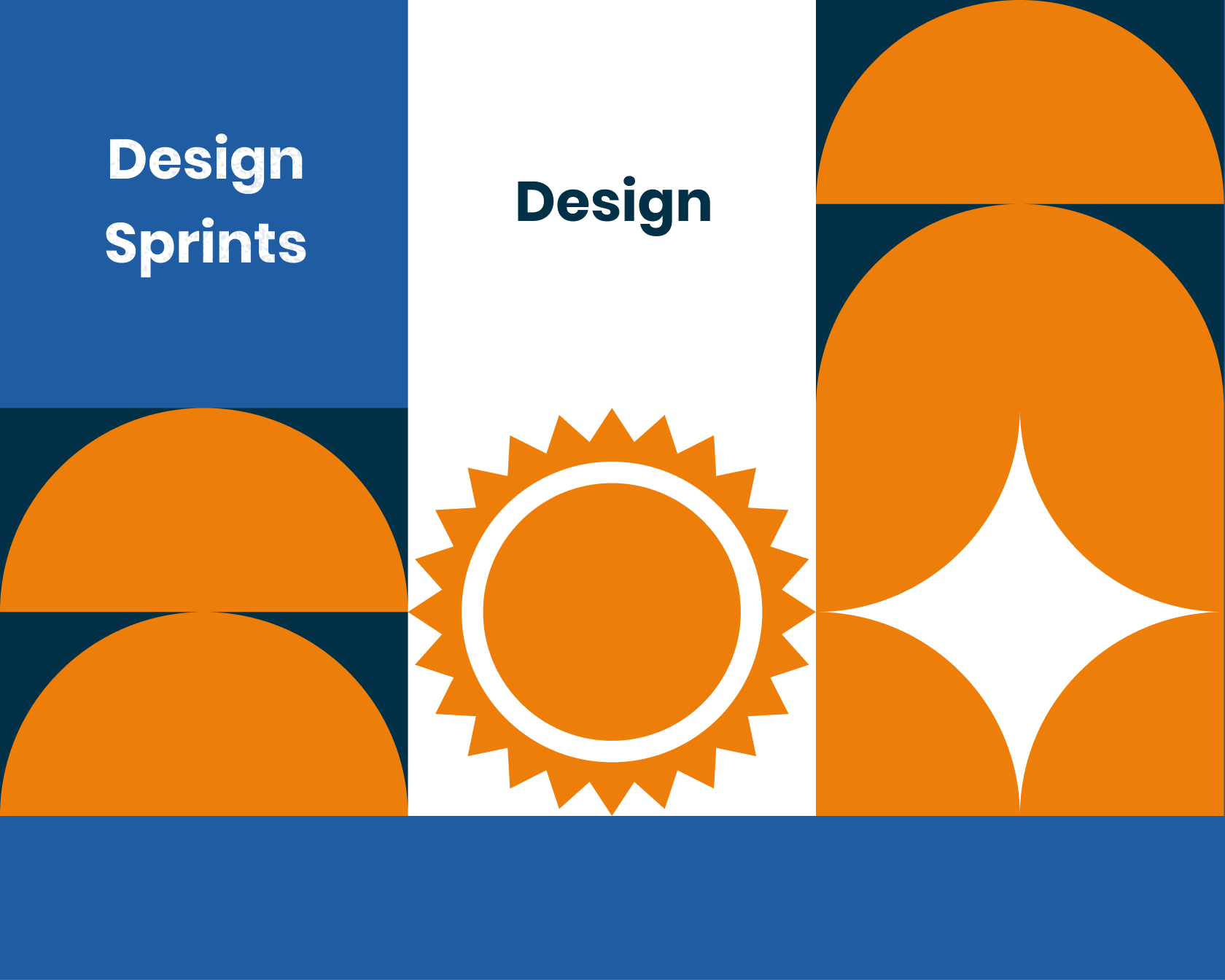
Benefits of a Design Sprint Workshop
Ideation
Design sprints are powerful for generating fresh ideas and expanding your creative capacity. And during the ideation phase of a design sprint, your team will create many different solutions.
They may seem crazy, but don't worry. You will also generate ideas that are likely much more viable than you ever imagined. You'll also be able to test these ideas with your users and stakeholders and see if they resonate with them.
Problem-solving
Design sprints are focused on solving problems through a team-based approach. You'll be able to bring your team's creativity, problem-solving skills, and expertise to the table to generate solutions to whatever problem you're trying to solve.
Rapid Iteration
Let's face it; not all solutions you come up with will be perfect the first time. Design sprints will help you to iterate on and improve your ideas quickly.
Creating an Inclusive Culture
Design sprints encourage an inclusive approach that brings together different team members, regardless of their roles, to contribute their ideas from the beginning.
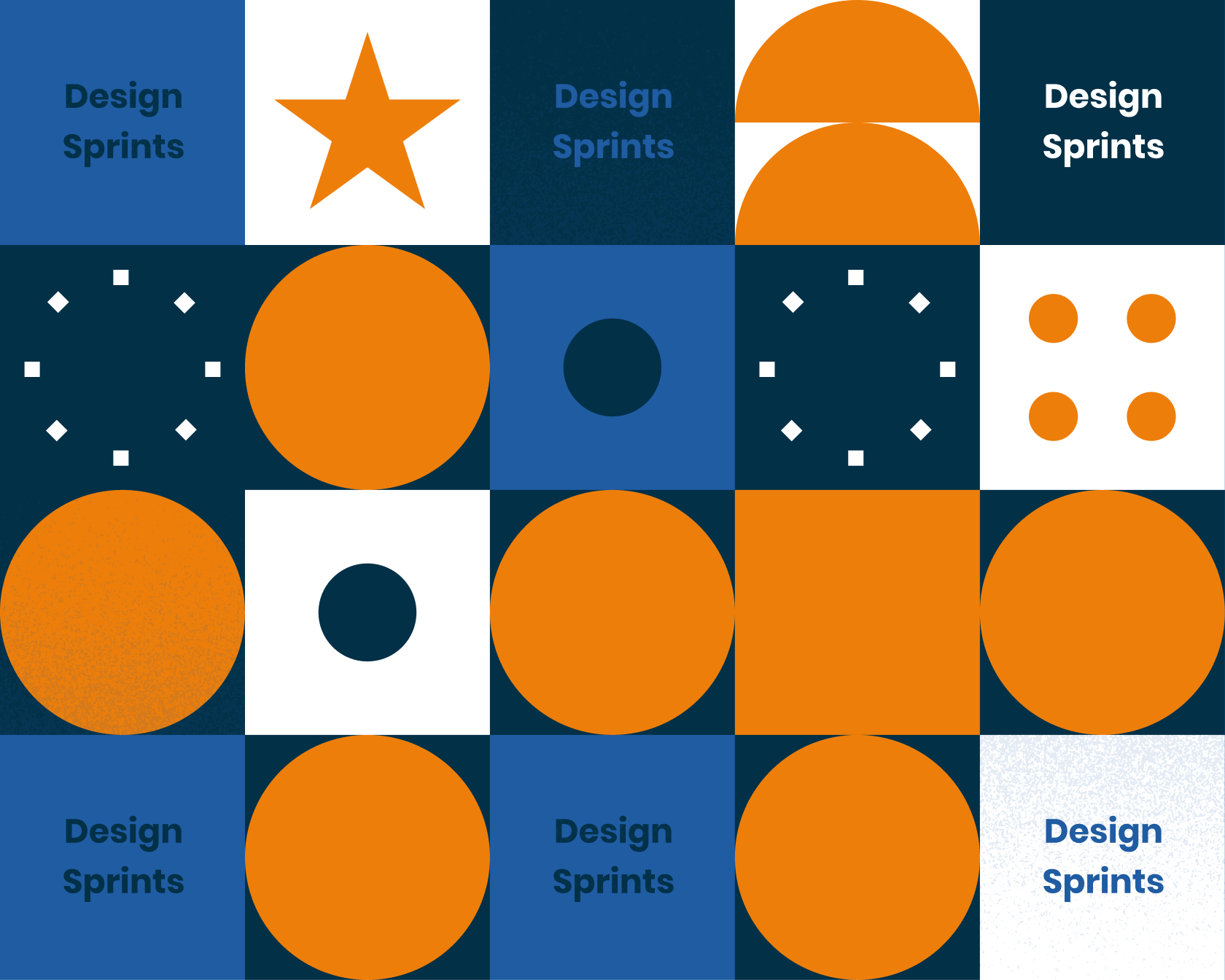
The Google Design Sprint Process Overview
Designed by Google, this Sprint includes five stages of development. The completion time for all five phases is about 40 hours. Authors / Copyright holders: DX Lab Design Sprint. Copyright conditions: Fair Use. The design process has room for iterations. It is strongly encouraged that you make alterations from your first Sprint. If you think your idea hasn't gained much traction, you should go further back. The Five Stage Design Sprint by Google: Monday Map, Tuesday Sketches, Wednesday: Decide, Thursday: Prototype, Friday: Test.
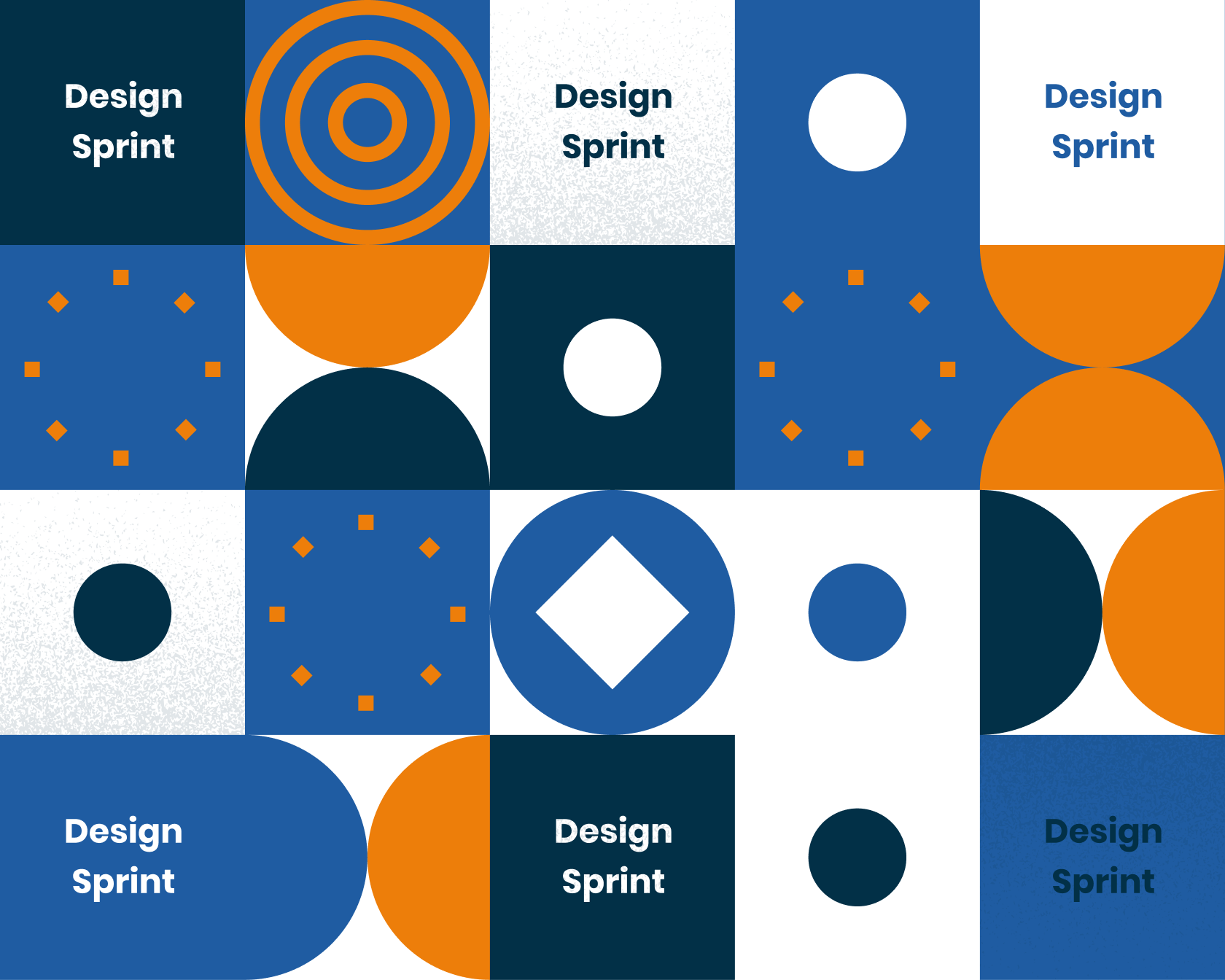
Design Sprint Phases
These are the different phases of a design sprint:
A typical design sprint has a few stages, and the first stage is "problem discovery.” During this stage, the team should uncover the most critical problem they want to solve. This can be a significant issue or something small. During this stage, the Design Sprint team will also create a shared understanding of the challenge they are solving. This could include researching, testing different ideas, or talking to customers.
The second stage is “hypothesis,” where the team hypothesizes how they might solve the problem. This is a rapid stage and might happen simultaneously with problem discovery. During this stage, the team will identify the riskiest assumption they are making about the challenge and test it.
The third stage is “ideation,” where the team ideates solutions to the problem. This is a creative process where the group explores different ways of solving the problem.
The fourth stage is “decision,” where the team chooses which project to work on and starts to plan the Sprint.
The fifth and final stage is “testing,” where the team tests the final prototype with real customers to prove the business or the product's value.
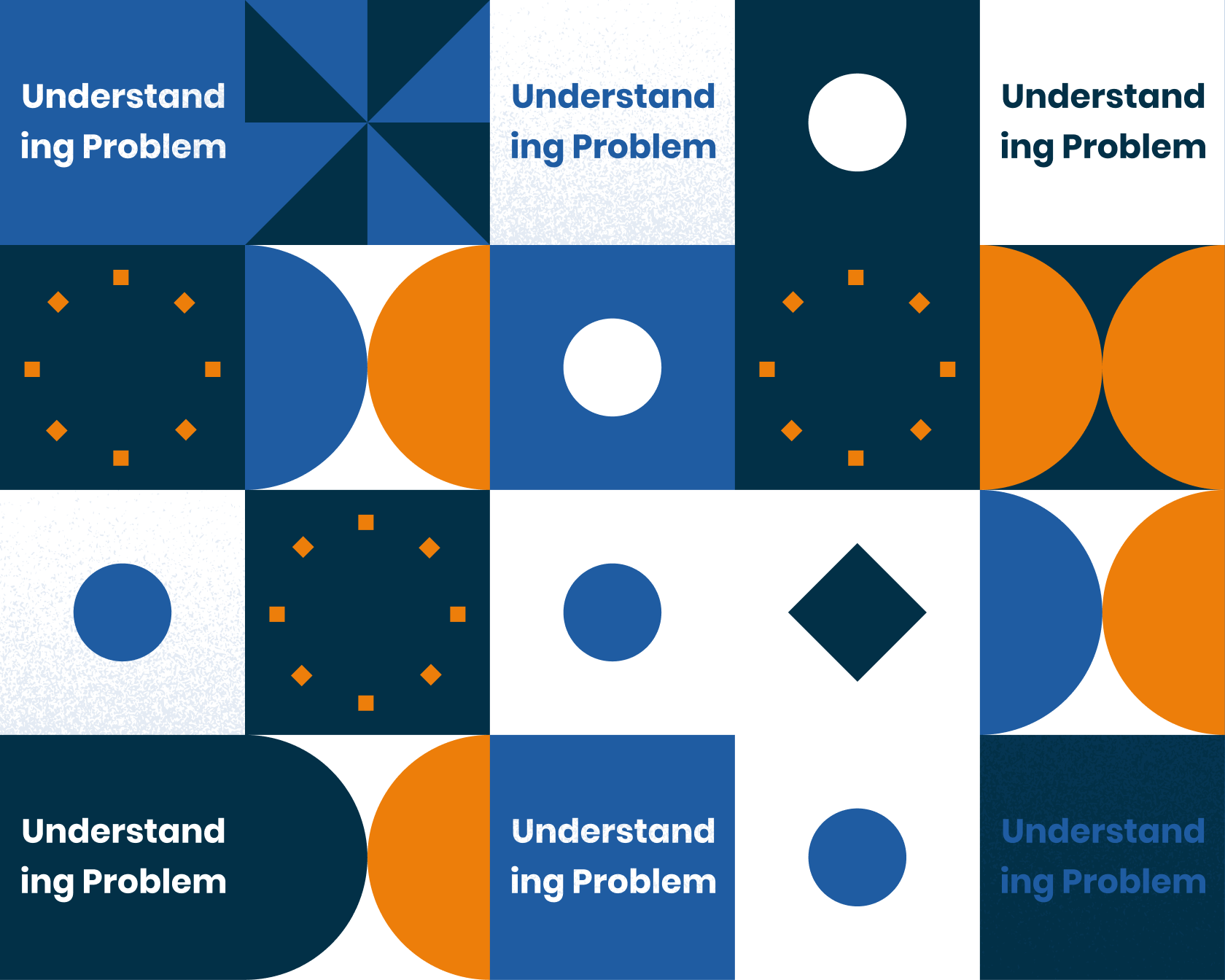
Problem Discovery - Ideation and Exploration
During this phase, your team will generSprintts of ideas, both crazy and realistic. You'll also explore different ways of bringing your ideas to life. During this process, you'll also try to understand your users and stakeholders by asking them questions and creating empathy around them, what they are, and t they need.
Ideation is a Sprintpart of the design process, and creating a safe environment for your team to develop ideas is essential. Creating an atmosphere of support and experimentation is necessary, so everyone feels comfortable sharing their opinions without fear of judgment or criticism.
Encourage your team to think outside the box and develop creative solutions that could solve the problem you're trying to solve. Brainstorming sessions can be a great way to generate new ideas and research existing products or services that could help inform your design team.
It's important to note that all ideas are not created equal. Some pictures will be more practical than others; you need to find the ones that solve the most significant problems for the most people and can be executed. A brainstorming session might generate 100 ideas, but only 5 of those might be worth exploring in depth (The Sprint book suggests 5-6, but stick to 5.).
During the brainstorming period, you can contemplate developing a product, service, experience, feature, application, user interface, website, procedure, campaign, communication, business model, or even a whole new enterprise. This process emphasizes critical thinking
During the imagination, you map the customer journey and all the touchpoints along the flow. This process genially emphasizes the critical thinking of the whole team.
When creating an idea, you should focus on solving a problem, serving a particular group of people, or being a concrete example of your company's vision and values. Once you have an idea, you create a quick outline with the main points. Then, you can start exploring your idea more and how to make it happen.
Understanding Problem
One of the most important things you can do during a design sprint is to understand the problem behind your project.
Understanding your project's problem also helps you set clear goals and objectives that will help you create a successfully tested solution. Additionally, understanding the problem can help you identify potential risks and devise strategies to mitigate them.
Finally, understanding the problem enables you to create a plan to measure success so that you can track the progress of your project.
Design sprints are designed to solve a specific issue, whether creating a new product or improving an existing one.
To identify your problem, ask yourself these questions:
What problem are we trying to solve?
Who are the users who will use this product?
Why do they need this product?
What are the pain points they are experiencing?
What are the user's expectations?
What is their existing method of solving this problem?
What is their attitude as they deal with this problem?
What is the user's environment?
How often do they have this problem?
How long does it take them to solve this problem?
What are the user's other priorities?
What is their available budget?
What is their timeframe for this problem?
What are other constraints that surround this problem?
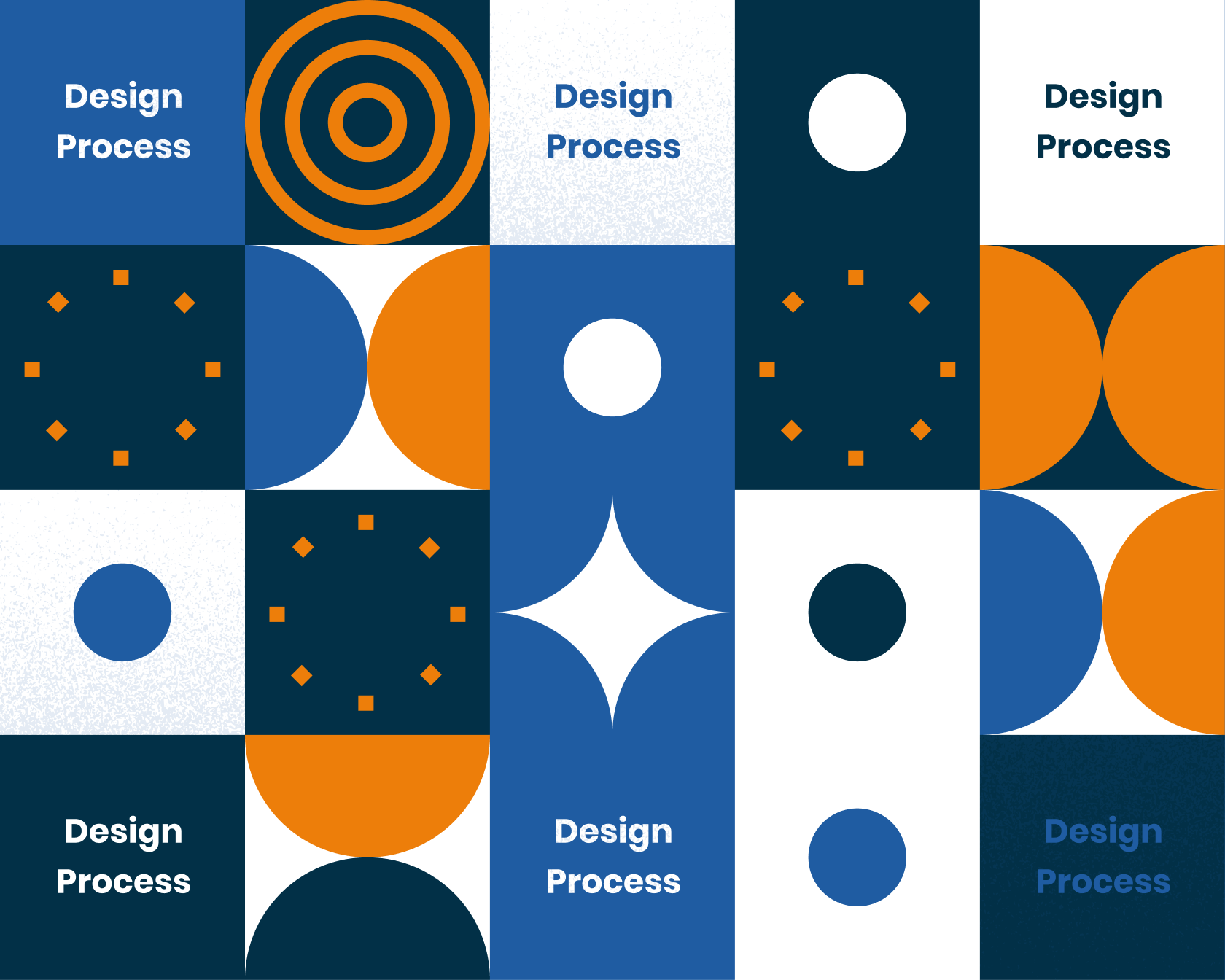
Prototyping and Testing ideas
Once you have an idea that you believe solves the problem, you'll begin to prototype it. You'll be able to test the prototype with your users and key stakeholders to see if it solves the problem and if it's something that they need. This process helps you refine your tested solutions and ensure it's the best possible answer to the problem.
Realistic Prototype
Here it's important. You can create prototypes in just one day. Google Ventures recommends using Keynote for rapid development. It is possible to use anything you choose. Select a product that is capable of rapid realistic prototype development. Together, the research group will prepare testing schedules and develop a script for the interviews.
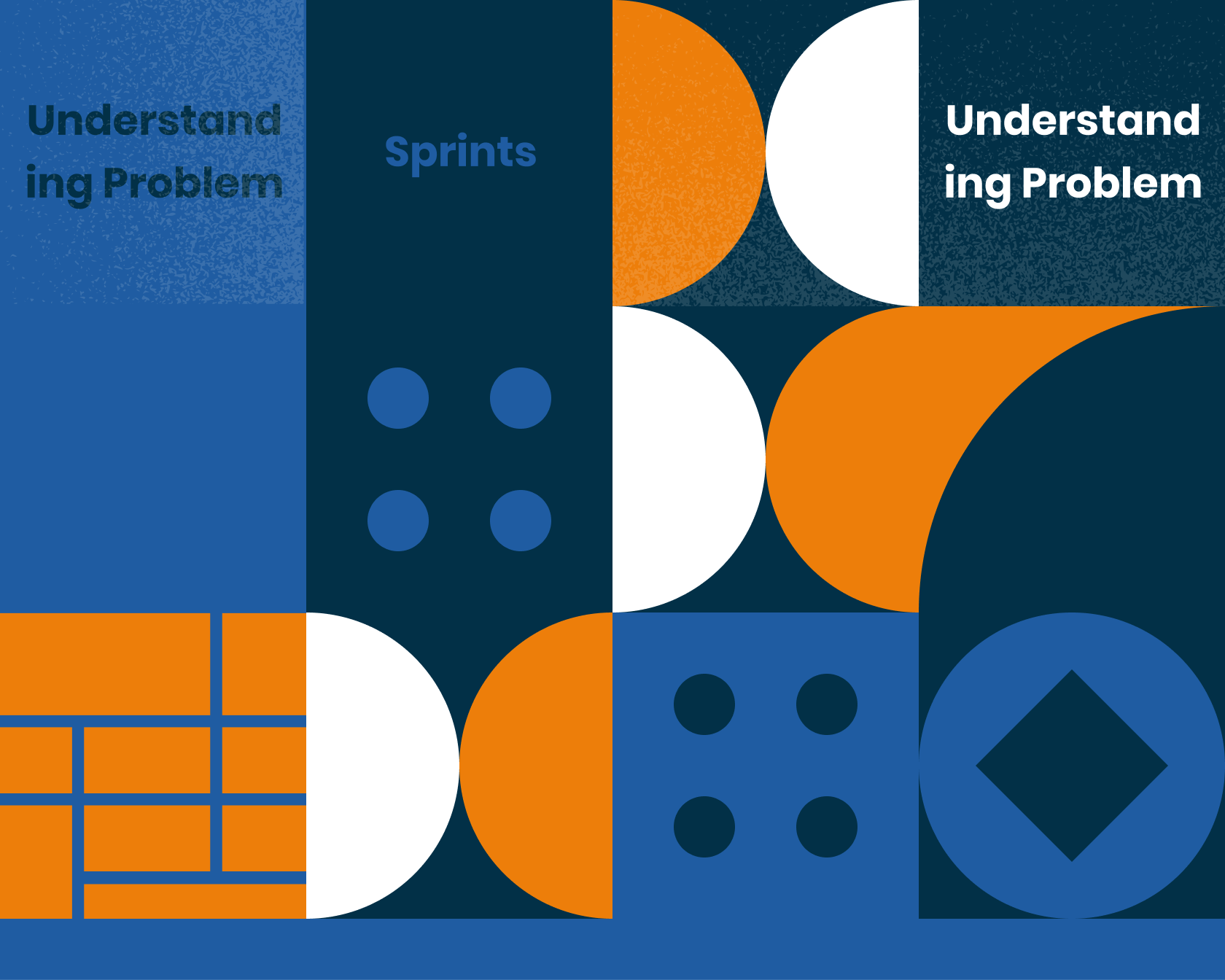
Prototype Implementing and Iterating
When your users incorporate their feedback and their feedback and incorporate their feedback anden and incorporate it into your solution. In this phase, you'll decide how to include their input and begin the process repeatedly.
It will closely resemble the final product but may not have all the functionality. Prototypes may be low- or high-fidelity, but they should be detailed enough to convey how your product will work.
You'll want to create a realistic prototype that is detailed enough to be representative but stilSprintk and easy to produce. Depending on the scope of your project, you may want to create a paper or low-fidelitSprintotype, or you may want to go all the way and create a high-fidelity or clickable prototype with software.
Customer research is fundamental during the whole process.
For most projects, a low-fidelity prototype is likely sufficient. You can create prototypes using tools such as Figma, Sketch, Adobe XD, and Invision.
Part of your team can participate in creating the prototype, or you can hire a UX designer to help. The goal should be to create a prototype as close as possible to the final product so that users can get a real sense of how it will look and function prints. Other team members can participate in checkpoints to ensure they incorporate their feedback.
Once you have your prototype, it should be tested with users to get feedback and make any necessary changes. This testing process will help you identify any issues with the design or functionality before it goes into production.
Testing can be done in person or with remote user testing tools such as UserTesting or Lookback.
This testing makes the entire Sprint valuable. At the end of the design sprint week step-by-step process, you'll learn all the knowledge of your Sprint.
A realistic prototype is essential to product development, as it helps ensure that your product meets user needs and expectations. It also gives stakeholders a tangible representation of the final product sprint, which can help them make more informed decisions about its design and features.
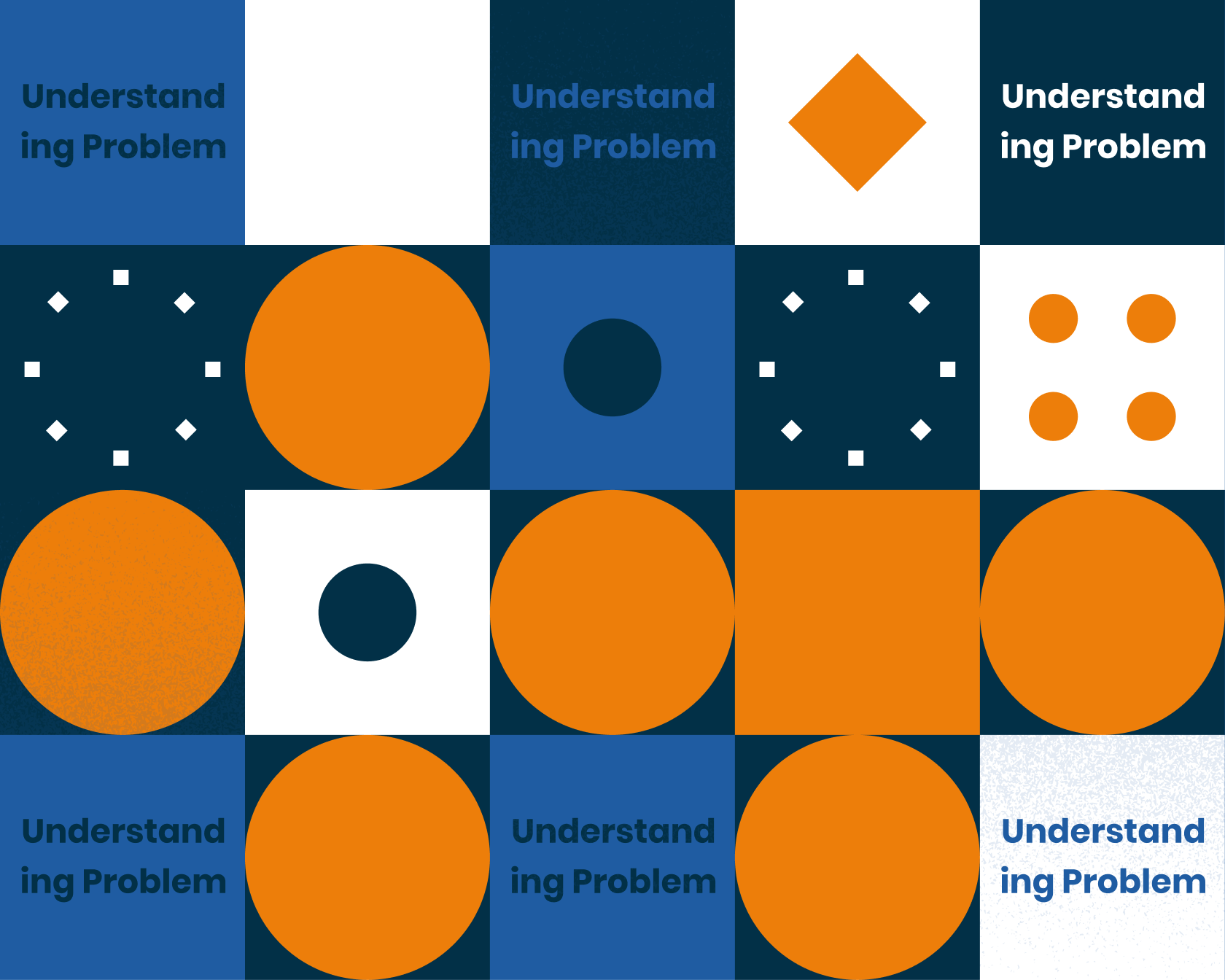
Testing and Design Sprint Results
On the last day of the design sprint process, the small team performing the testing session collects and analyzes the data to determine whether the new idea has the potential to become a successful product.
Depending on Sprint's focus, this testing might be quantitative experiments or qualitative user feedback.
Five testers tested the prototype on the testing day, the Design Sprint facilitator conducted the interview, and the product owner observed.
The testers were asked to perform some tasks with the prototype and then asked to provide feedback. The facilitator asked questions about their experience, what they liked and disliked, and what worked well and what didn't work well. The product owner also took notes on user feedback. After the testing was completed, the product owner and facilitator discussed the feedback from the testers and identified areas for improvement to create a better user experience.
After the testing session, the team will create a report summarizing the work done during the Sprint and share it with the rest of the company.
The information should include the testing results, insights gained, and suggestions for further development. The team should also discuss any possible next steps that could help further refine the product idea and answer critical business questions.
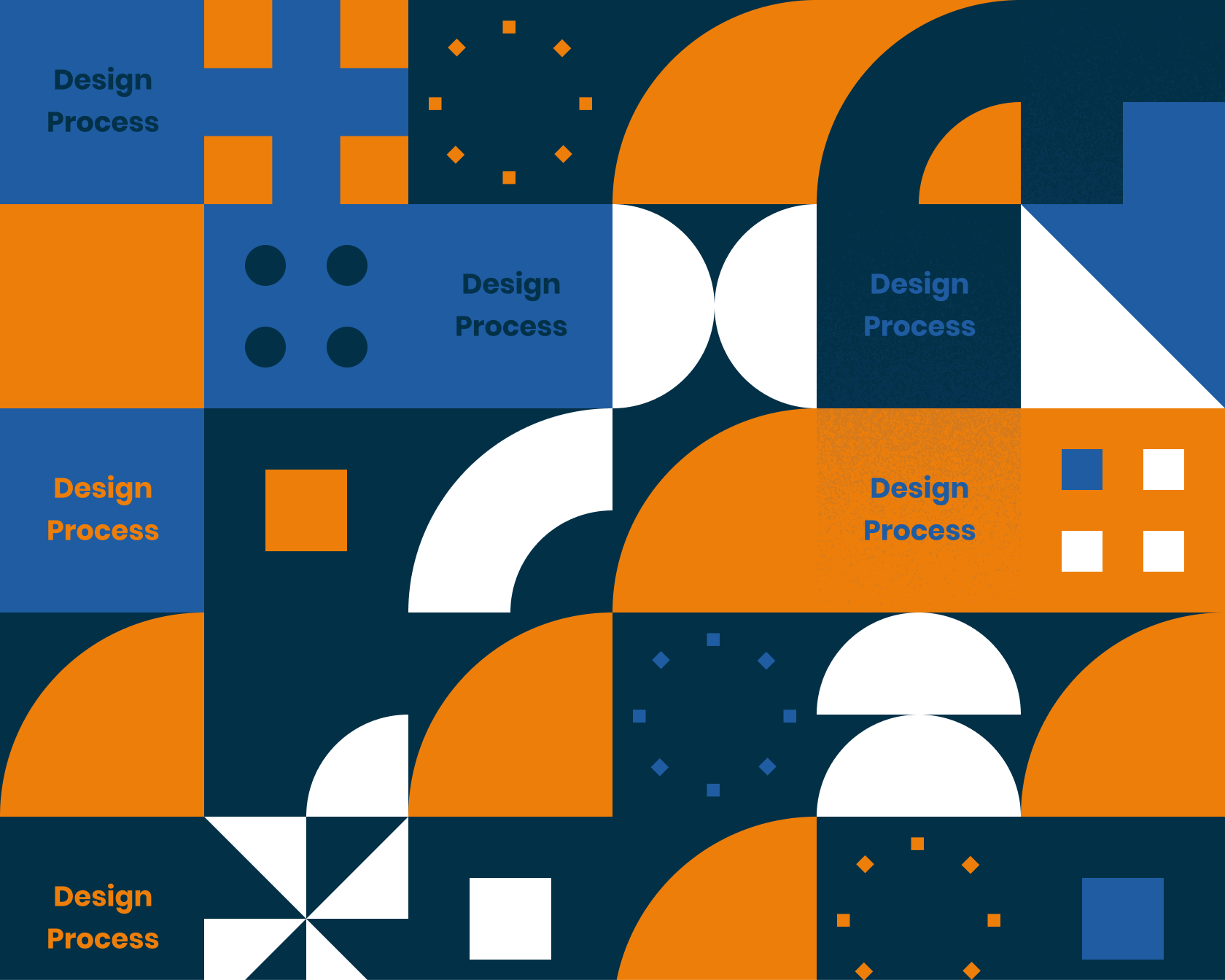
Product Implementing and Iterating
When your users and stakeholders give you feedback, you must listen and incorporate it into your solution.
You should consider their feedback and identify solutions that best address their concerns. It is essential to take the time to understand their needs and how they want your product or service to function.
You should also ask questions and seek clarification on any unclear points. Once you understand their feedback better, you can create a plan to incorporate it into your solution.
This may involve changing your product or service's design, functionality, or features. It is also essential to communicate any changes you make back to your users and stakeholders for them to understand how their feedback has been taken into account.
This will help to build trust and ensure that they are satisfied with your solution.
In this phase, you'll decide how to include a website, a process, a campaign, a message, a website service, an experience, an app, an interface, a website, a process, a movement, a statement, the strategy, a campaign n n, a message,g changes and adjustments as needed. This process of listening, understanding, and incorporating feedback can help you create a product or service that meets the needs of your users and stakeholders and answer critical business questions.
You might be able to implement changes from the ground up or make more minor changes to existing features and services. Either way, the key is to make sure that the result is something that your users and stakeholders are happy with.
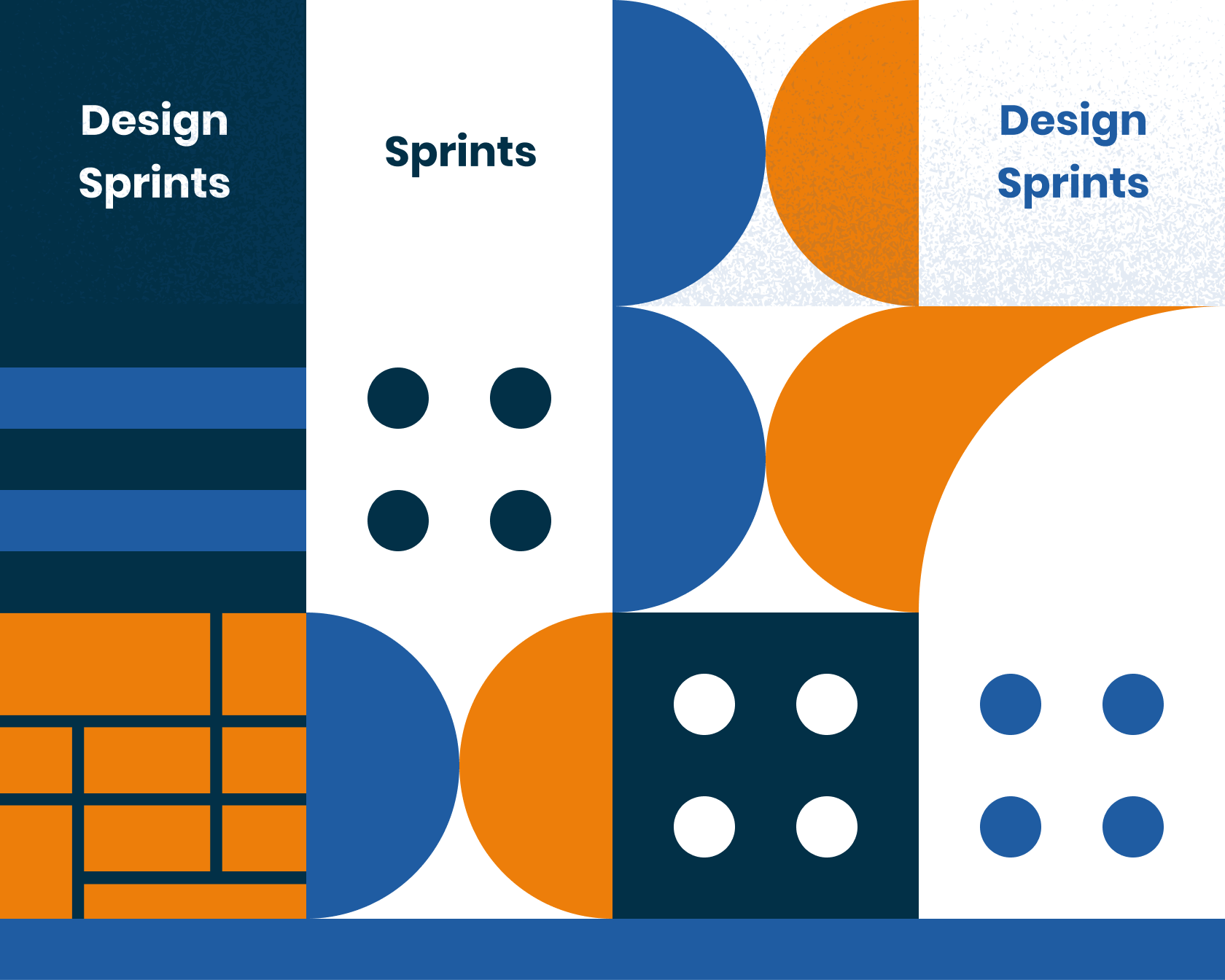
Crucial Conversations And Research before the Design Sprint
The Design Sprint framework requires several crucial discussions with stakeholders before you launch the design. Before any sprints, a detailed study is needed. Following are some conversation and task lists to ensure a good workshop outcome. If you are asked to repeat a particular task, you can do so on the correct Sprint day. Nevertheless, you should start from day 1 with these plans already taking shape. Yes, they change during sprints, so this will be helpful as you focus more on each project.
A set goal is vital to a successful workshop–and much more so–a design sprint. What's the reason? Because design sprints change the way team members work. It's what makes it great, and sometimes the experience makes it even stranger. Tell them that their experience is uncomfortable. Know you will experience emotional rollercoasters from “It's amazing!” to the end. These things are part of every project step, so they do not mean the Design Sprint will never work for our team.
It may be difficult to stomach, but it does nothing to make it happen. That's your mentality. Luckily there's no perfect world to start from. Every day is a stressful time. Having the appropriate mindset can lead to a successful first design sprint workshop. The trick is staying optimistic. The design sprint masterclass online course teaches the design sprint's basic concepts.

Roles & Responsibilities in Design Sprint Process
There is a vast range of tasks to do in design sprints. Below is one thing you must consider when hiring someone for your dreams: The facilitator, or leader of the design sprint, should have a deep understanding of the product and the customer, as well as experience in leading collaborative problem-solving sessions.
They should be able to draw out ideas from team members, ask probing key qSprintns to help surface underlying problems and assumptions, and help focus the team on critical objectives. In addition, they should be able to think creatively about potential solutions, synthesize findings into actionable insights, and help drive decisions. Another must-have member isSprintigner, who can create visuals and mockups that help the team quickly understand the vision for the product.
Tips for Successful Design Sprints
Start With a Small Project
Design sprints are powerful, but they're also intense. Make sure you're skilled enough to use the process before diving in. Start with a small project, like a new feature or campaign, and see how the design sprint process works for you. Then, you can slowly ramp up your use of design sprints to tackle more extensive and complex projects.
Get Your Entire Team Onboard
Before you begin a design sprint, ensure everyone on your team is on the same page. Find time to sit down with each person and discuss their role in the process. Ensure they understand the process and know what's expected of them when the Sprint begins.
Hold a Design Sprint Planning Meeting
Before you begin a design sprint, hold a design sprint planning meeting. In this meeting, you and your team can discuss what you're trying to accomplish, create an agenda, and identify potential roadblocks and solutions before the Sprint begins.
Hold a Decider+facilitator everyday meeting
At the end of each day during the design sprint, you should have a meeting to review what happened and discuss any issues encountered. This will also allow you to plan how to handle any problems the following day. Additionally, ensure time for testing and iteration after the design sprint is complete, which is essential for ensuring a successful outcome.

Examples of Successful Design Sprints
Design Sprint for Airbnb's Booking Experience
Airbnb wanted to create a booking experience for people who were new to the platform. They decided to work with a design sprint to develop and test multiple versions of this unique booking experience within one own sprint week. This allowed them to produce a high-fidelity prototype that could be tested with real users within the same week.
Design Sprint for Google's New Inbox Experience
Google's Inbox team wanted to create a new experience for browsing and replying to emails. They used a design sprint to explore multiple solutions and generate a high-fidelity prototype within five days. This included ideation, user research, prototyping, and testing.
Design Sprint for Grubhub's New User Experience
Grubhub wanted to create a new user experience allowing users to order food directly through their website. They used a design sprint to create a high-fidelity prototype and test the unique knowledge with users within five days.

Design Sprint Tools
Brainstorming
This is the best way to start a design sprint week. Get all team members with helpful brainstorming tools, like MIro or FigJam. Are you ready to take your product development to the next level? If so, you'll want to check out the list of Design Sprint tools.
These tools are essential for any team looking to accelerate the development process by combining brainstorming, decision-making, and prototyping. And the best part is that they're all easily accessible online!
Some of the most popular tools include Mural, perfect for brainstorming, using post-it notes, and visualizing ideas; Google Venture Design Sprint templates, ideal for rapid prototyping; and Figma, superb for collaborative design.
Several other tools are available, such as InVision for prototyping and user testing and Miro for virtual whiteboarding and collaboration. So if you're looking to take your product development process to the next level, check out the Design Sprint tools list. With these tools, you can create innovative products faster and more efficiently than ever!
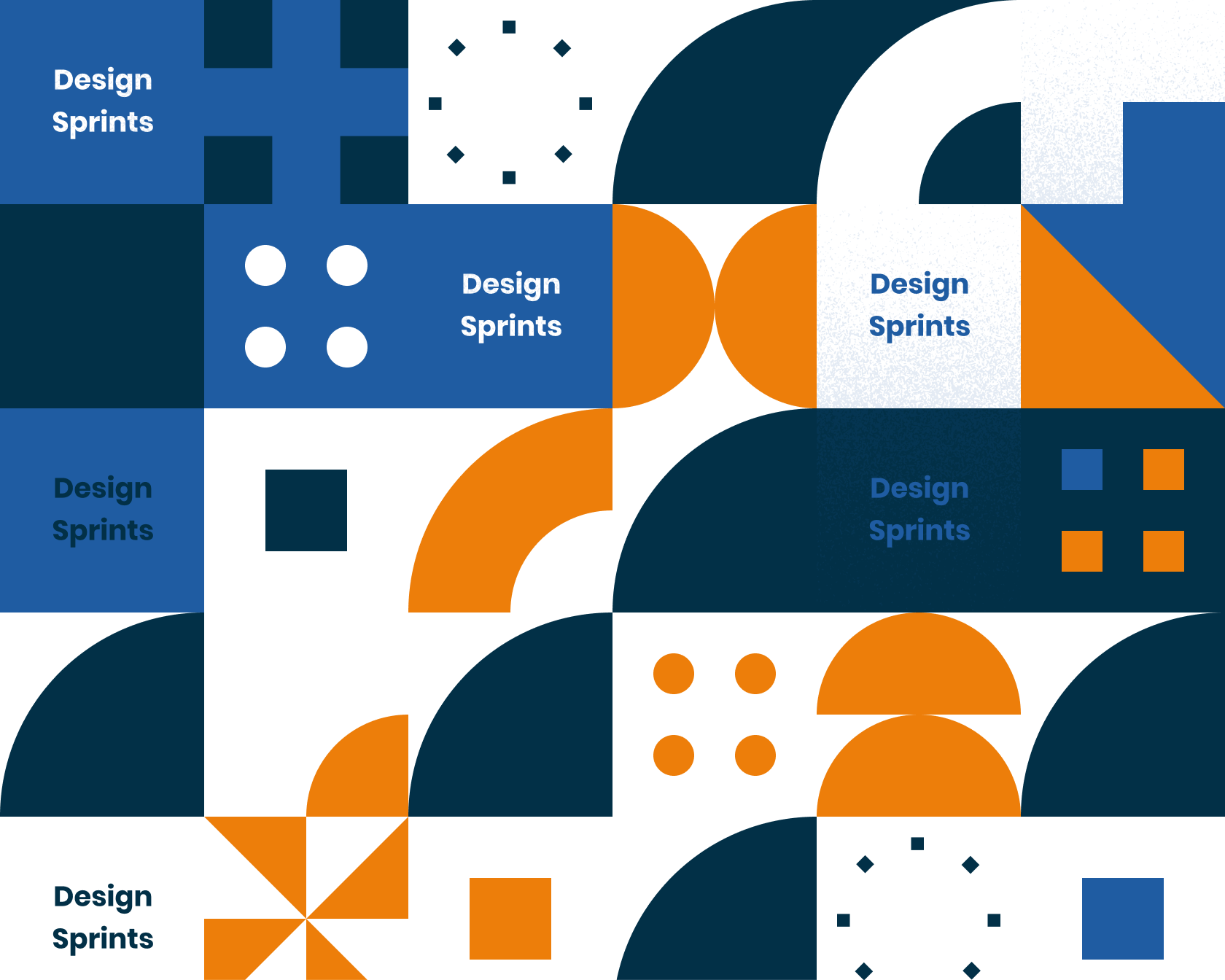
Conclusion
A google design sprint is a powerful design thinking tool for generating new ideas and expanding your creative capacity. And during the ideation phase of an actual sprint, your small team will create many different solutions.
They may seem crazy, but don't worry. You will also generate ideas that are likely much more viable than you ever imagined. You'll also be able to test these ideas with your users and stakeholders and see if they resonate with them.
Once you have an idea that solves the user problem, you'll prototype it. You'll be able to test the prototype with your users and stakeholders to see if it solves the problem and if it's something that they need.
As you prototype, you'll be able to get feedback from your users and stakeholders. This will help you improve your solution and identify potential problems or solutions you might have missed. You'll want to ensure that you incorporate their feedback and iterate on your answer until you've got it right. Don't be afraid to try new things, and be willing to make mistakes along the way. Design sprints are about changing your designs until you get them right.
